Persistent Identifiers
Kristin Van Diest
Learning Objectives
- Learn about Open Researcher and Contributor IDs (ORCIDs)
- Recognize Digital Object Identifiers (DOIs)
- Learn how to leverage the Texas State University Institutional Repository to generate a unique URL for your work
Open Researcher and Contributor ID (ORCID)
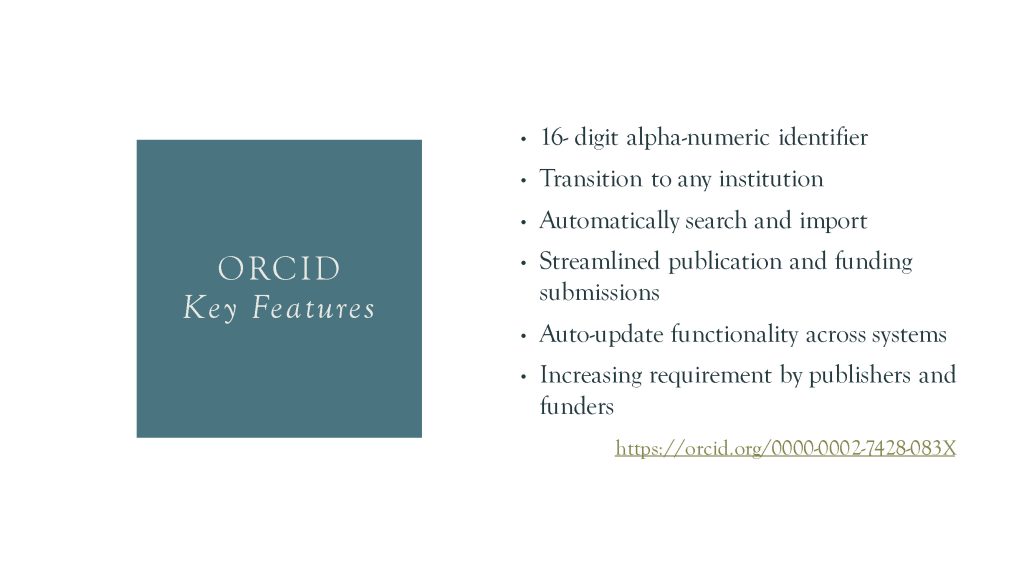
When you publish any work, whether it is a manuscript, a data set, or otherwise, it is important to ensure that it is permanently linked to your name. ORCID is a not-for-profit organization dedicated to clarifying and maintaining persistent identification channels for researchers. Once you set up your ORCID profile, you can integrate it into many other publishing platforms, including Faculty Qualifications. This helps to disambiguate researchers with similar names in order to maintain a clear record.
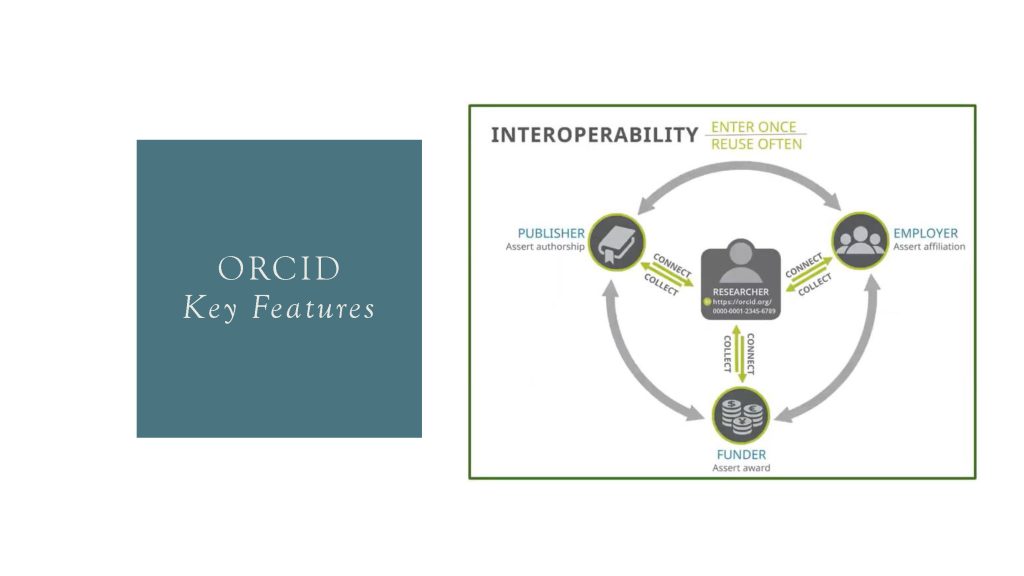
Texas State University is an institutional member of ORCID and as a member of the Texas State University community, you can access and create an ORCID profile here:
Note: It is recommended that you use your personal email as the main email contact when registering with ORCID. This will ensure that your work will be tracked to your name, regardless of institutional affiliation.
Digital Object Identifiers (DOIs)
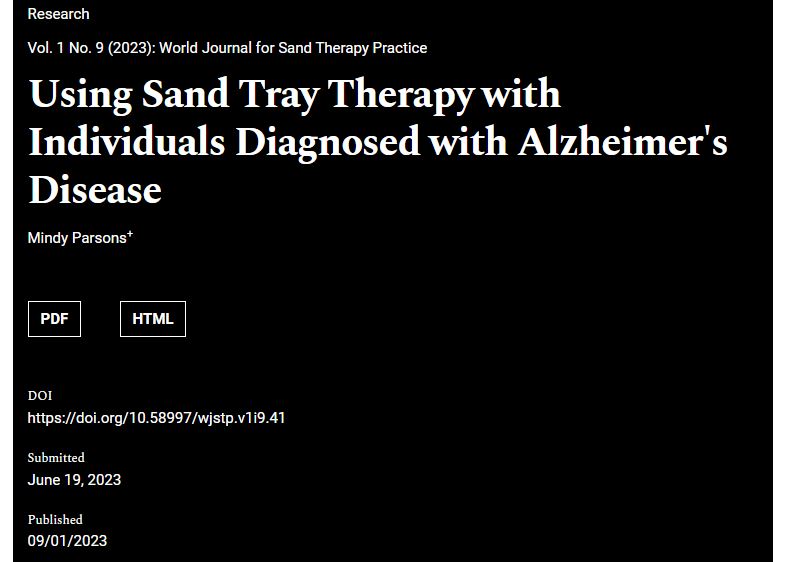
If you are publishing through the library’s publishing platform Open Journal Systems, we are able to offer a digital object identifier (DOI) for your work. A DOI acts in a similar fashion to your ORCID number, in that it assigns a customized, unique identification number that links permanently identifies your publication through a database at doi.org. This is an important step in tracking and monitoring the work you publish.
If you are not publishing through the library, the journal you publish with should still include a DOI for your work, as it is best practice in the field.
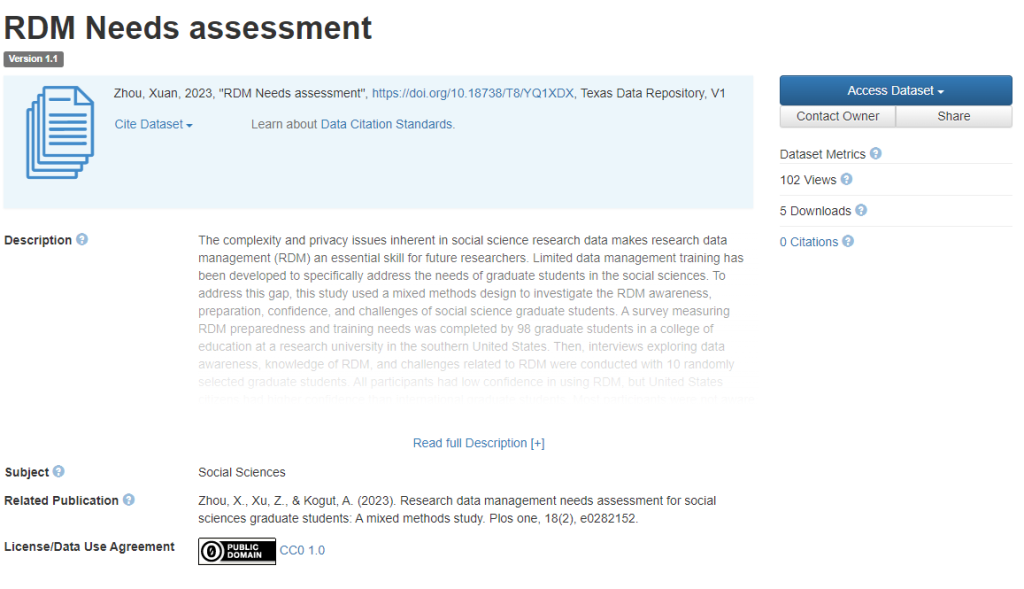
If you work with data, you should consider publishing and preserving your datasets using the institution’s Dataverse Repository. The Dataverse Repository will automatically assign a DOI to your data set as soon as you publish it. It also helps to link related publications. You can learn more about submitting your data sets to the Texas State Dataverse Repository on the Preserving & Sharing page of this book.
Unique URLs through the Institutional Repository
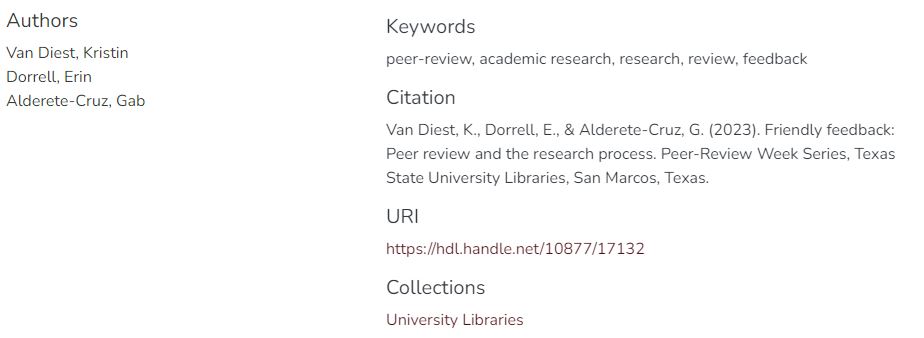
Another way to ensure that your work has a persistent identifier is to submit it to Research and Scholarship, Texas State’s Institutional Repository. Once your work is uploaded into the repository, it will be given a permanent URL handle that you can use to direct others to it’s preservation location.
More information about preserving your work can be found in the Preserving and Disseminating chapter.
Digging Deeper
- Grad College Shop Talk: Academic Researcher Profiles: Getting Started and Tips for Success by Dr. Xuan Zhou and Kristin Van Diest
- Visit our Libguide for Researcher Profiles
ORCID provides a persistent digital identifier (an ORCID iD) that you own and control, and that distinguishes you from every other researcher.
A DOI acts in a similar fashion to your ORCID number, in that it assigns a customized, unique identification number that links permanently identifies your publication through a database at doi.org.

